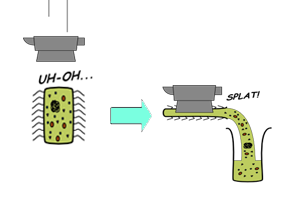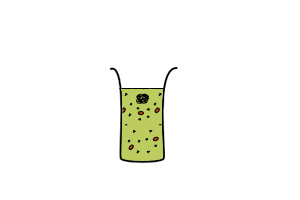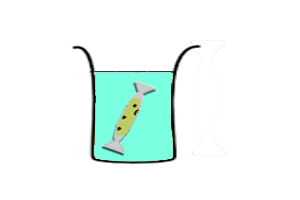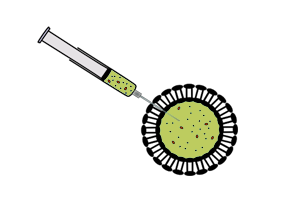Imperial/Cell-Free/Whatis
From 2007.igem.org
(→Types of Compartmentalization) |
(→Types of Extracts) |
||
| Line 12: | Line 12: | ||
|- style="background:#ffffff; text-align:left;" color:white;" align="center" | |- style="background:#ffffff; text-align:left;" color:white;" align="center" | ||
|| [[Image:Icgems-cellextract.png]] | || [[Image:Icgems-cellextract.png]] | ||
| - | |style="padding-left:30px;"|''In vitro'' synthesis of proteins using cell-free extracts consists of two main processes - '''transcription''' of DNA into messenger RNA (mRNA) and '''translation''' of mRNA into polypeptides. Coupled transcription-translation systems usually combine a bacteriophage RNA polymerase and promoter (T7, T3, or SP6) with eukaryotic or prokaryotic extracts. In addition, the [http://www.nature.com/nbt/journal/v19/n8/full/nbt0801_732.html PURE] system is a reconstituted CFS for synthesizing proteins using recombinant elements. | + | |style="padding-left:30px;"|''In vitro'' synthesis of proteins using cell-free extracts consists of two main processes - '''transcription''' of DNA into messenger RNA (mRNA) and '''translation''' of mRNA into polypeptides. Coupled transcription-translation systems usually combine a bacteriophage RNA polymerase and promoter (T7, T3, or SP6) with eukaryotic or prokaryotic extracts. In addition, the [http://www.nature.com/nbt/journal/v19/n8/full/nbt0801_732.html PURE] system is a reconstituted CFS for synthesizing proteins using recombinant elements.<cite>1</cite>. |
|} | |} | ||
<br clear="all"> | <br clear="all"> | ||
| Line 40: | Line 40: | ||
|} | |} | ||
<br clear="all"> | <br clear="all"> | ||
| - | |||
=== Types of Compartmentalization === | === Types of Compartmentalization === | ||
Revision as of 00:25, 22 October 2007

What is Cell-Free?
Cell-free systems (CFS) are essentially in vitro translation systems that can have potential advantages over in vivo gene expression when considered in the context of synthetic biology. Two components define the characteristics of these in vitro translation machineries - the kind of cell extract used, as well as the type of compartmentalization that the cell extract is put in.
Together, cell-free systems allow the realization of new potential in simple constructs, as well as the flexibility to functionalize and establish simplistic controls for the system. As the specifications of our projects necessitate a cell-free environment, part of our contributions to iGEM involve the investigation and characterization of cell-free expression systems as a new chassis for the Registry.
Types of Extracts
Comparison between different types of cell extracts
|
|
|
| |
Types of Compartmentalization
Previous research has been done to optimize cell extracts for in vitro protein synthesis. Their endogenous genetic content is removed so that exogenous DNAs or mRNAs can be expressed. Nuclease activity has been reduced and degradation of certain amino acids has been identified. ATP regenerating systems have also been added to improve the energy supply. Different strategies of compartmentalization have been explored to prolong the lifespan of CFS.



